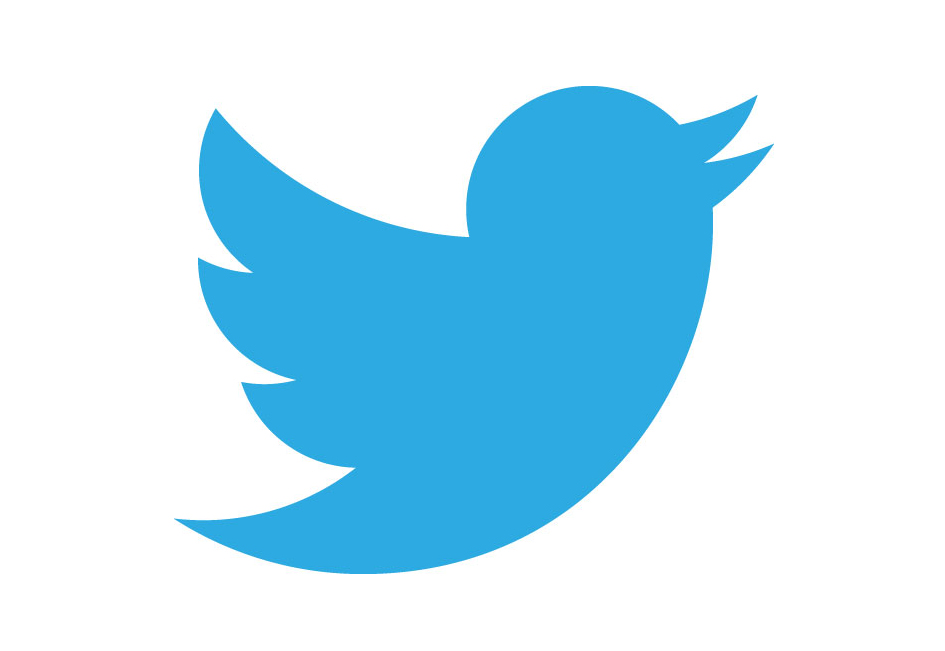Greetings!
This week on Fangirl Correspondent we shall be exploring the world of Twitter and #hashtags!
For those of you who are unaware, Twitter is yet another social networking website that enables users to post updates known as “tweets”, “follow” other users (but not in a creepy way … right?) and also utilise “hashtags”. Twitter also features trending topics, the ability to favourite and retweet other people’s tweets and send private messages.
In December of 2012, Twitter announced that there are over 200 million active users on the social network, putting it well ahead of Google+, which reportedly has 120 million active users. Numerous brands and organisations have built up strong Twitter followings, enabling them to extend their audience and also interact more directly with their fans or customers.
However, as with many things on the internet, there are no set rules on how to use Twitter. Some use it for promotion of work-related events and material (advertisers can even pay to have sponsored posts appear in Twitter feeds, regardless of whether or not the user is following the particular brand), others use it as a way of micro-blogging their every day lives (including multiple Instagram photos of every meal they consume), some use it as a social networking tool to connect with friends or make new ones, and fandoms are also able to build a community on Twitter.
Twitter is one of the places that fandoms are able to connect with one another and also often directly with the celebrities/actors/writers/personalities they are stalking infatuated with. This dedication to fandom and the strength of each particular fandom’s presence on social media is often best exemplified in the trending topics. Have you ever seen “Good Morning Niall” trending?
From “Brazilian Navy want Diamonds Tour” and #HappyBirthdayLouisfromBrazilWeLoveYou, to the more unfortunate #Susanalbumparty and the grammatical nightmare of #ImThatTypeofPersonWhosNever, trending topics are built from frequently posted hashtags and phrases. The power of this is in the fact that anyone can invent a hashtag and it will trend if enough people retweet and post it.
For this post, I asked for submissions on Twitter of the most beloved and also the most hated hashtags. I received more hated hashtags than anything, and the ones that people expressed dislike for are actually commonly used on a multitude of social networks, including Twitter, Instagram and Facebook. (WHY DO PEOPLE USE HASHTAGS ON FACEBOOK? I DON’T UNDERSTAND. PLEASE STOP.)
Also, apparently some people use hashtags in real life. As in, they say “hashtag YOLO” as they embark
on seizing the day (or whatever it is that people who say YOLO do), which is I guess an indication of how entrenched online dialogue and vocabulary is in our lives. It’s similar to when people started actually saying “LOL” instead of laughing when they found something amusing. Sadly I must admit I am guilty on both counts, but oh well. #YOLO?
Hashtags are another way for people to effectively “join the conversation” and have also enabled an easier way to live blog events, news conferences, sports telecasts and television programs. Perhaps the most notable example in Australia is that of the #QandA hashtag. Every Monday night (and beyond) sees my Twitter newsfeed filled with people live-tweeting Q and A, with the hashtag often trending. I know of people who have competitions amongst their friends to see who will be the first to get a tweet published onscreen on the show. The inclusion of Twitter and other social networking services in television programs extends the involvement of the audience and connects them not only to the show but also to others watching, enabling further discussion and debate once the episode is over.
Twitter of course also serves as a platform for free speech, and many people have dealt with their fair share of controversy as the result of a wayward tweet. Stephanie Rice is a notable example that springs to mind, with an offensive tweet of hers following a sporting match resulting in the loss of several major sponsors and supporters. Twitter enables news stories to come straight from the horse’s mouth, so to speak, with many celebrities choosing to announce marriages and births, dispel rumours and defend themselves against tabloid criticism.
It shall be interesting to see how Twitter develops in the coming years. As with Facebook, it can be difficult to imagine how these network services can be expanded further, considering how centralised they already are for many people.
Do you
use Twitter? Or hashtags? Which are your favourites, and which ones do you hate? Let me know in the comments below!
For those of you who would like to follow me on Twitter (in a totally non-creepy way), the links are below. Apologies in advance for all the #boybandtweetz.
Fangirl Correspondent is a weekly blog by Kara Gibbons. It ventures into the mysterious world of the internet, exploring online culture, social media and fandom. You can follow her on twitter here.




